Asexual Reproduction-
- Definition- A mode of reproduction in plants where new individuals are formed without the involvement of sexual gametes.
- Explanation- In asexual reproduction, new plants are produced from the body parts like stems, roots, or leaves of the parent plant. Since it doesn’t involve the fusion of gametes, the offspring are genetically identical or clones of the parent plant. Budding in yeast and fragmentation in Spirogyra are examples of asexual reproduction methods.

Also Check – Asexual Reproduction Basics – Simplified for Young Learners
Budding-
- Definition- A form of asexual reproduction where a new organism develops as a small growth or bud on the parent organism and eventually detaches as a separate individual.
- Explanation- In budding, a small part of the parent’s body grows out as a bud which then detaches to become a new organism. In yeast, the bud remains attached to the parent cell, grows, matures, and can even produce its own buds before separating from the parent cell.
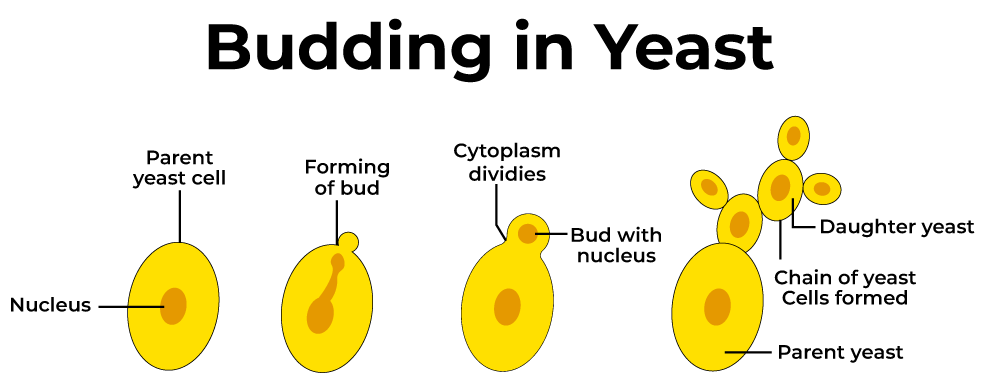
Also Check – Class 7- Chapter 8 – Reproduction in Plants – 6 Worksheets Solved and Unsolved
Embryo-
- Definition- An early stage in the development of plants (and animals), resulting from the fertilisation of the female gamete.
- Explanation- After fertilisation, the zygote undergoes several rounds of division and differentiation to form an embryo. This embryo further develops, giving rise to roots, stems, and leaves, culminating in a mature plant.
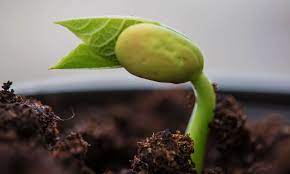
Fertilisation-
- Definition- The process involving the fusion of male and female gametes to form a zygote.
- Explanation- In plants, fertilisation occurs when the male gamete in the pollen grain fuses with the female gamete present in the ovule. The result is the formation of a zygote, which then develops into an embryo.
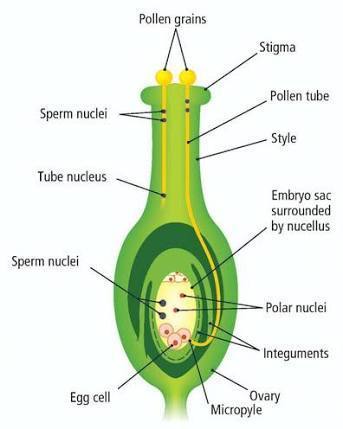
Fragmentation-
- Definition– A type of asexual reproduction where the body of the parent breaks into several pieces or fragments, and each fragment develops into a new individual.
- Explanation- Fragmentation is common in non-vascular plants like algae and fungi. In Spirogyra, the filaments break into bits, and each bit grows into a new filament.
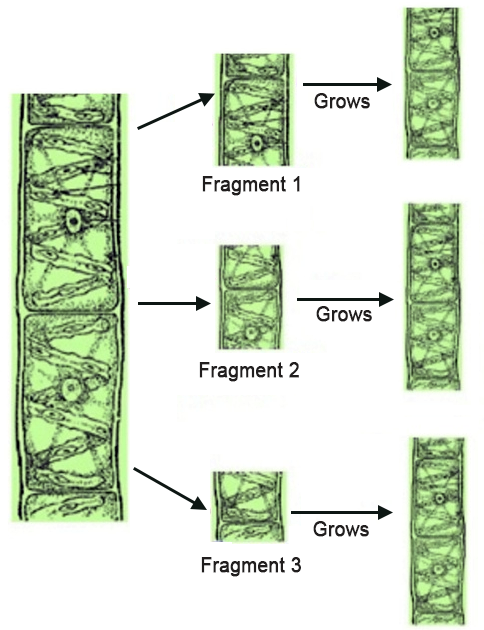
Gametes-
- Definition- Specialised reproductive cells involved in sexual reproduction, carrying genetic material that is fused during fertilisation.
- Explanation- In plants, male gametes are found within pollen grains, and female gametes are located within the ovules. These gametes unite during fertilisation to form a zygote, marking the beginning of a new plant life cycle.
Hypha-
- Definition- The thread-like structure that makes up the body of fungi.
- Explanation- Hyphae (plural of hypha) are the primary structures of fungi, and collectively they form a mycelium. They are involved in nutrient absorption, allowing fungi to obtain sustenance from their surroundings. Some fungi can also use their hyphae to penetrate structures, like plant tissues, either to obtain nutrients or establish symbiotic relationships.

Ovule-
- Definition- A structure in seed plants that contains the female reproductive cell and has the potential to develop into a seed after fertilisation.
- Explanation- Located within the ovary of the flower, the ovule is where the female gamete or egg is formed. After pollination and subsequent fertilisation, the ovule undergoes changes and develops into a seed. It serves as the site where the male gamete from the pollen grain fuses with the female gamete, resulting in a zygote.

Pollen grain-
- Definition- The microscopic particle produced by the anther in flowering plants, containing the male gamete.
- Explanation- Pollen grains are crucial for sexual reproduction in flowering plants. Produced in the anther, these grains have a tough protective coat, allowing them to be carried by agents like wind, water, or animals without drying up. When they land on the stigma of a compatible flower, they germinate and produce a pollen tube to facilitate the process of fertilisation.
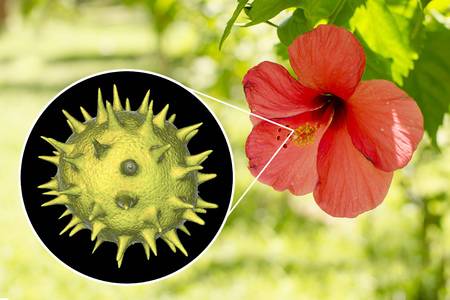
Pollen tube-
- Definition- A tube formed by a germinating pollen grain, which facilitates the movement of male gametes from the pollen grain to the ovule.
- Explanation- Once a pollen grain lands on a receptive stigma, it begins to germinate. As part of this germination process, the pollen grain produces a pollen tube, which grows down the style, making its way towards the ovule. The male gametes travel down this tube, ultimately reaching the ovule where fertilisation takes place.
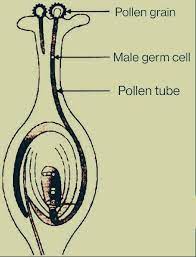
Pollination-
- Definition- The transfer of pollen from the anther (male part) to the stigma (female part) of a flower.
- Explanation- Pollination is a vital process in the sexual reproduction of plants. It can be of two types- self-pollination (transfer of pollen to the stigma of the same flower or another flower of the same plant) and cross-pollination (transfer of pollen to the stigma of a flower on a different plant of the same species). Various agents like wind, water, and insects aid in this pollen transfer.
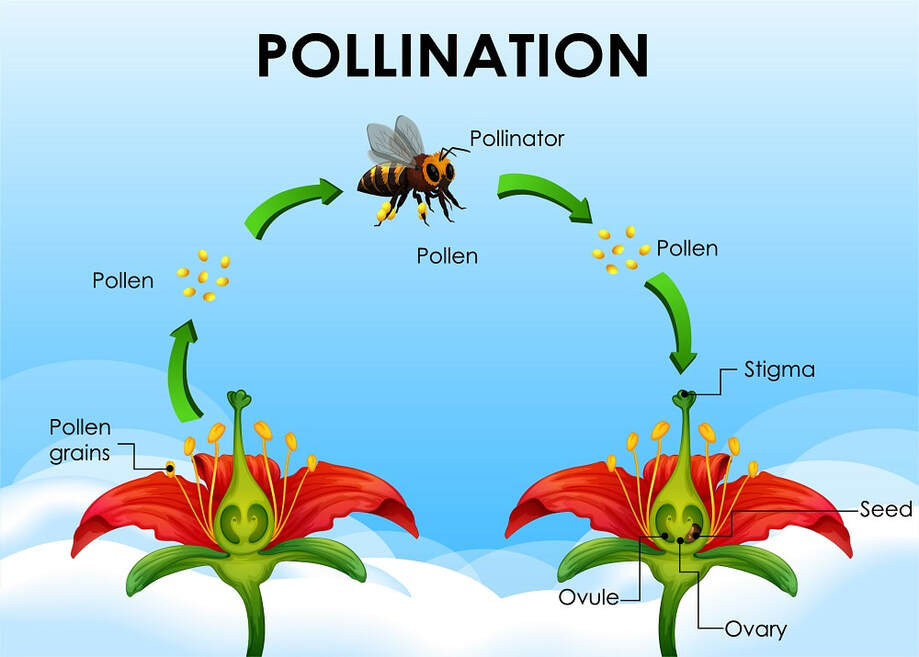
Seed dispersal-
- Definition- The process by which seeds are spread or carried away from the parent plant to ensure the propagation of the species in new locations.
- Explanation- Seed dispersal helps in reducing competition among seedlings for resources and allows plants to colonise new habitats. Seeds and fruits have developed various adaptations for dispersal, including being lightweight for wind dispersal, having hooks to attach to animal fur, or having a fibrous outer layer to float on water. This ensures a wider distribution of the plant species and increases the chances of survival and growth in various conditions.

Sexual Reproduction-
- Definition- A type of reproduction involving the fusion of male and female gametes to form a zygote, which develops into a new organism.
- Explanation- In sexual reproduction, specialised reproductive parts in plants (stamens and pistils) produce male and female gametes, respectively. These gametes unite during fertilisation, resulting in the formation of a zygote. The zygote undergoes various developmental stages to eventually form a new plant. This process ensures genetic diversity as the offspring inherit traits from both parents.
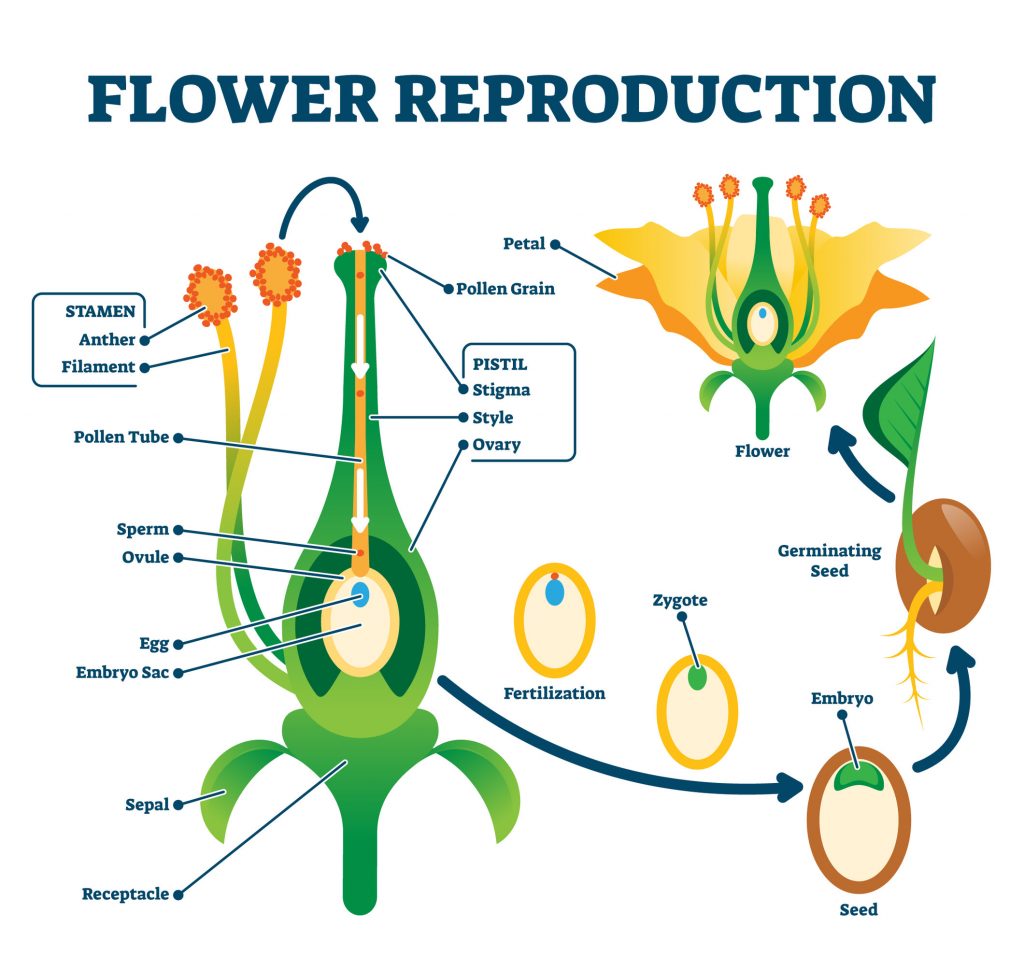
Spore-
- Definition- A reproductive cell capable of developing into a new organism without the need for fusion with another reproductive cell.
- Explanation- Spores are produced by bacteria, fungi, and certain plants (like ferns and mosses). They are adapted for survival in harsh conditions for extended periods. In suitable environmental conditions, spores germinate and develop into new organisms, facilitating the spread and survival of the species.

Sporangium-
- Definition- A cellular structure in which spores are formed.
- Explanation- Sporangia are found in fungi, algae, and certain plants. They play a crucial role in the reproductive processes of these organisms, serving as sites where spores are produced and housed until they are released for germination and the formation of new organisms.
Vegetative Propagation-
- Definition- A form of asexual reproduction in plants where new plants are produced from the non-reproductive parts such as stems, leaves, or roots.
- Explanation- In vegetative propagation, parts of a plant grow into new, independent plants, usually with the same genetic makeup as the parent plant. This method bypasses the seed formation process, allowing for quicker and sometimes more reliable reproduction, often used in horticulture for plant multiplication.
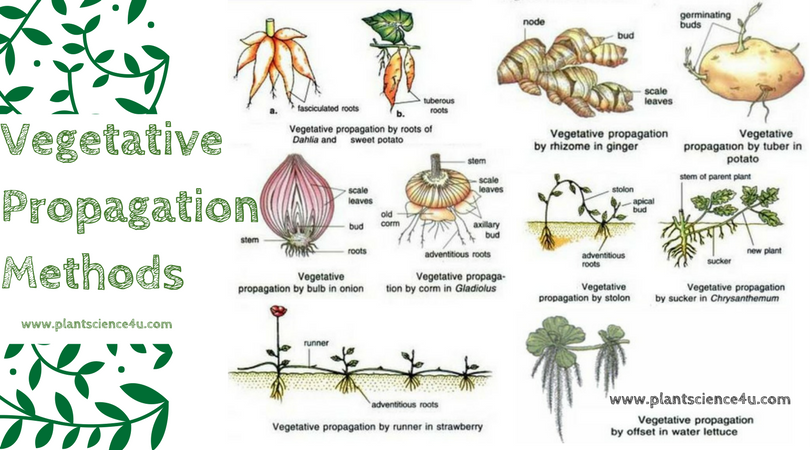
Zygote-
- Definition- The cell formed by the fusion of male and female gametes during fertilisation.
- Explanation- The zygote represents the first stage in the development of a new organism in sexual reproduction. After fertilisation, the zygote undergoes multiple rounds of cell division and differentiation, eventually forming an embryo that develops into a fully formed organism. The zygote inherits genetic material from both parents, contributing to the genetic diversity of the species.
Also Check – Rapid Revision – Class 7 Science- Chapter 12 – Reproduction in Plants
Also Check – Class 7 Science- Chapter 12 – Reproduction in Plants- (Complete Notes)
Also Check – Class 7 – Science- Chapter 12 – Reproduction in Plants question answer (Long Question Answer)
Also Check – Chapter 12 – Reproduction in Plants–Class 7 science- Question and Answer (Solved MCQs)
Also Check – Chapter 12 – Reproduction in Plants-–Class 7 science- Question and Answer (Fill in the Blanks)
Also Check – Asexual Reproduction Basics – Simplified for Young Learners
Also Check – NCERT Solutions for Class 7 Science Chapter 12-Reproduction in Plants

